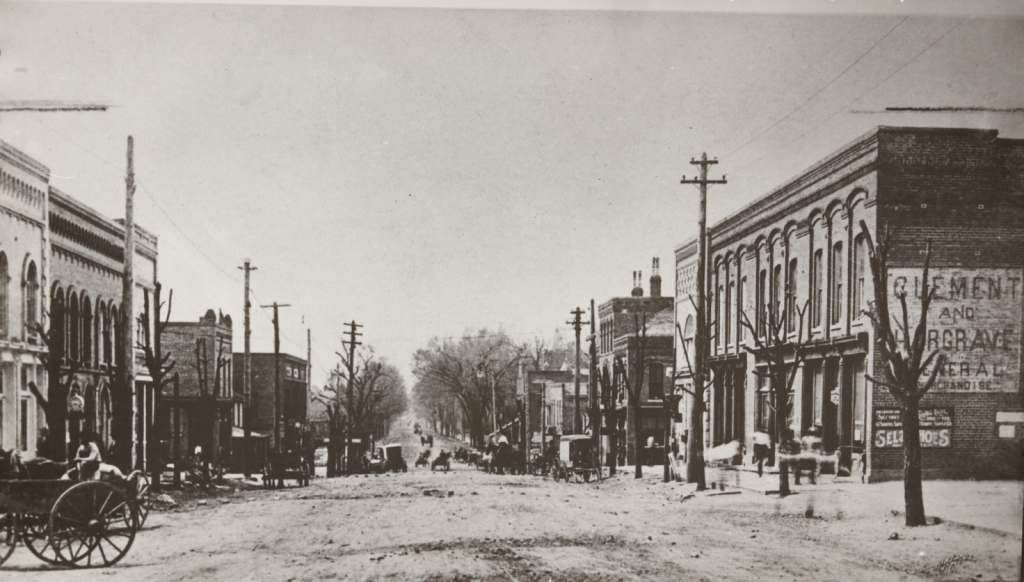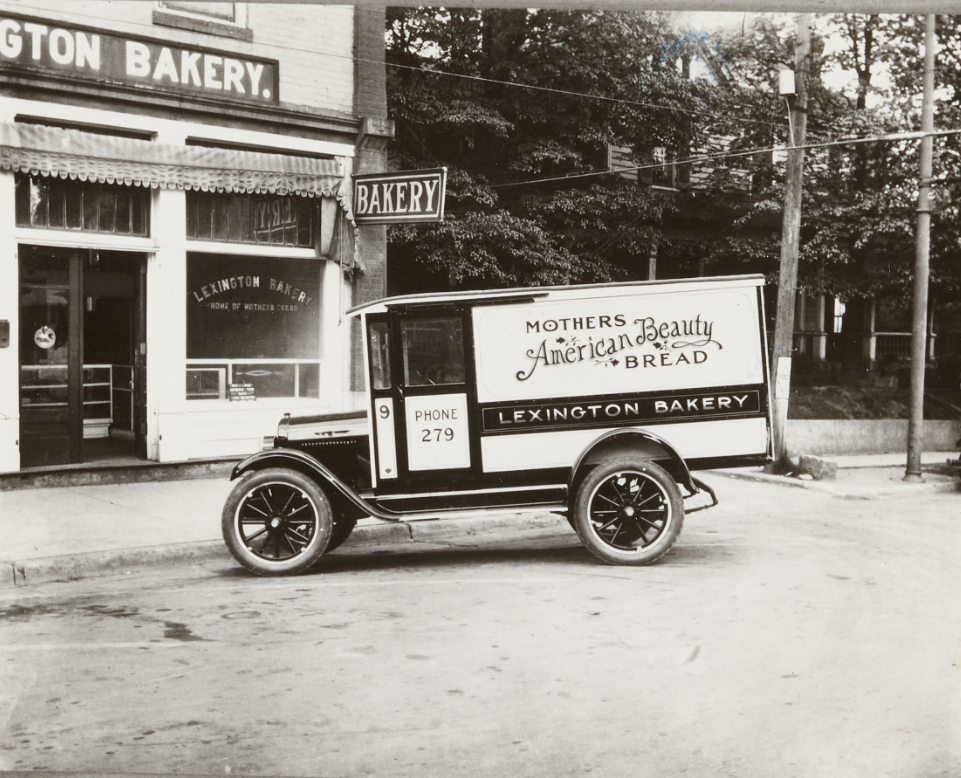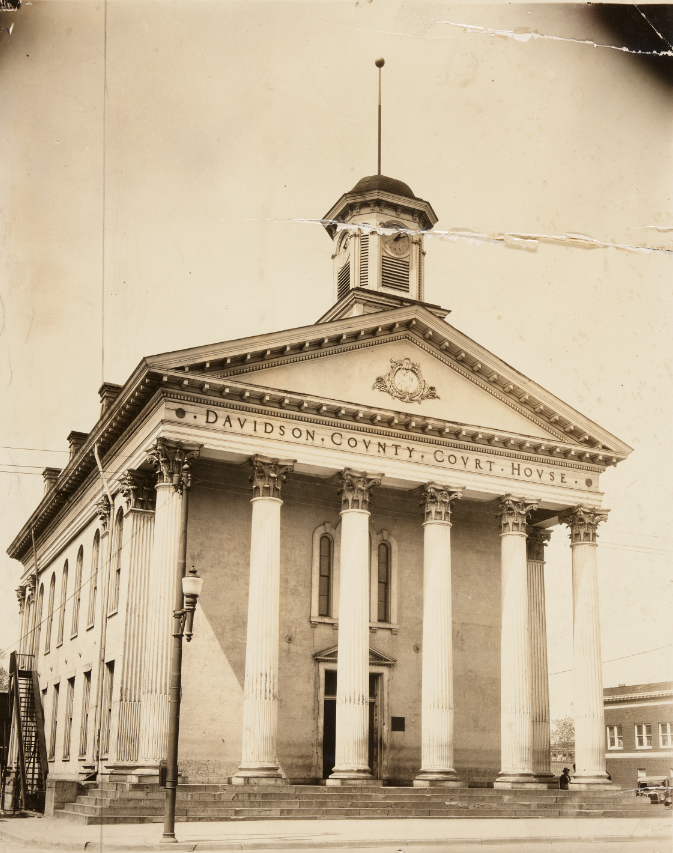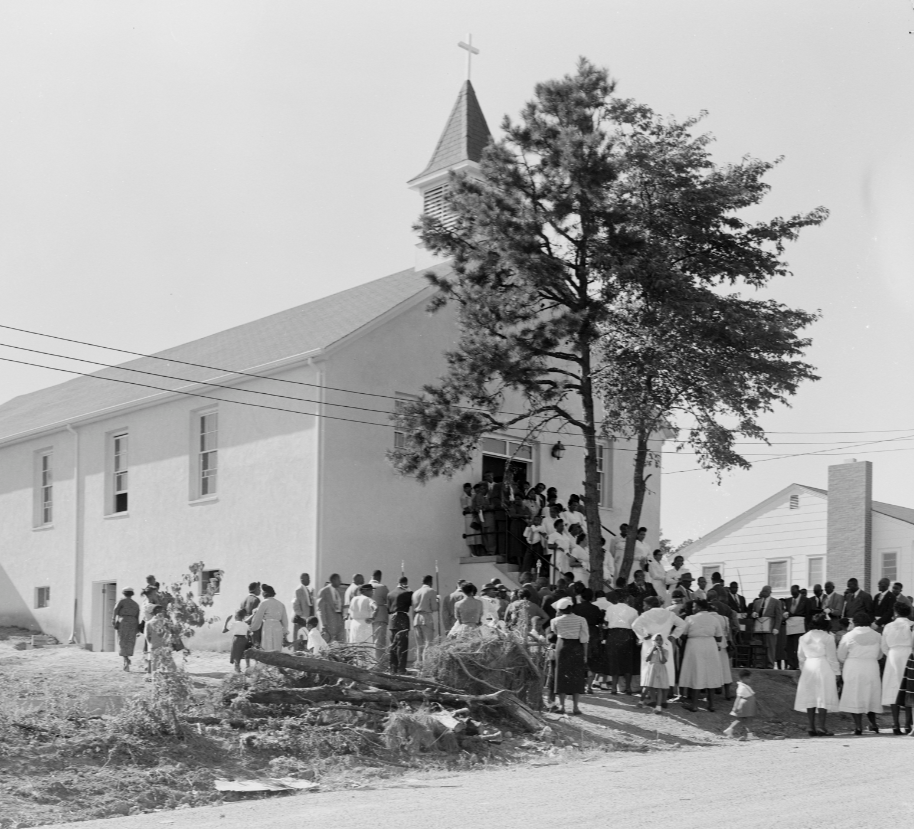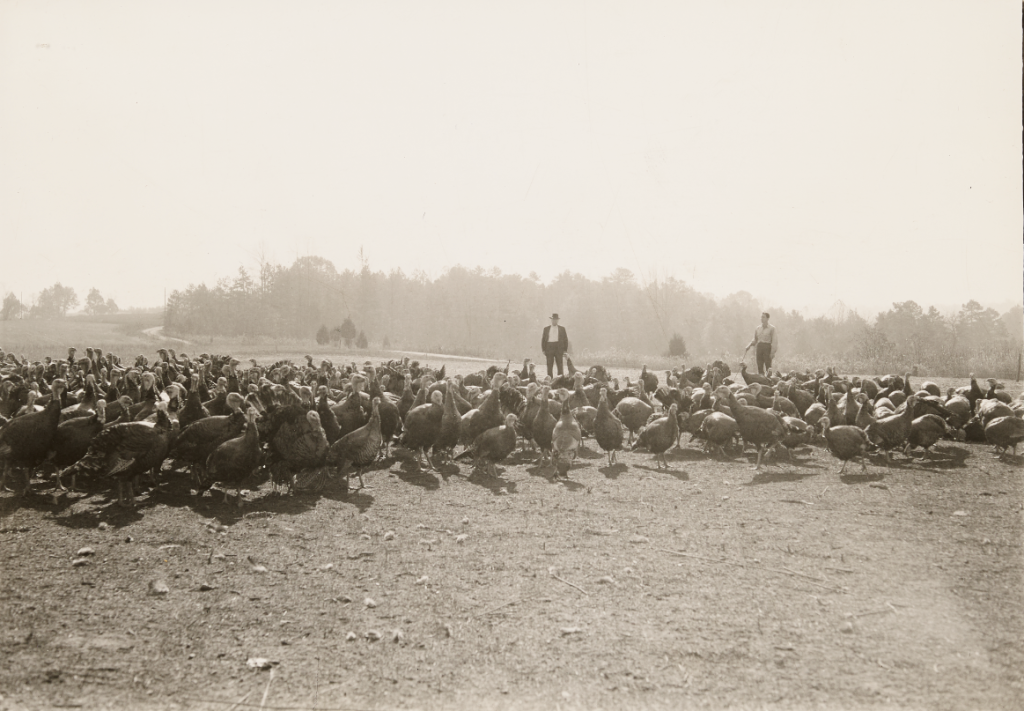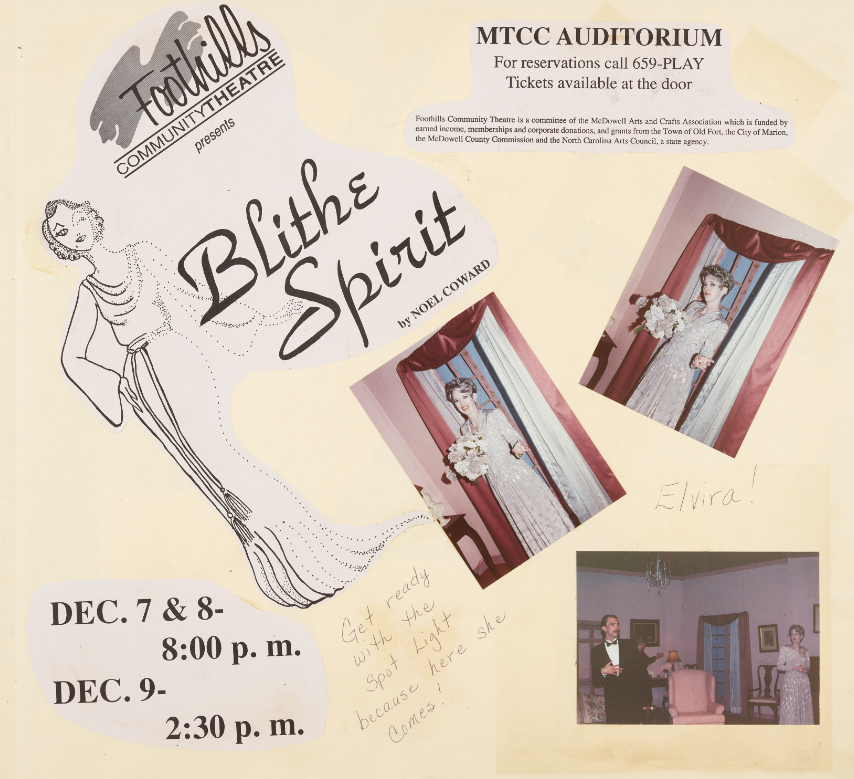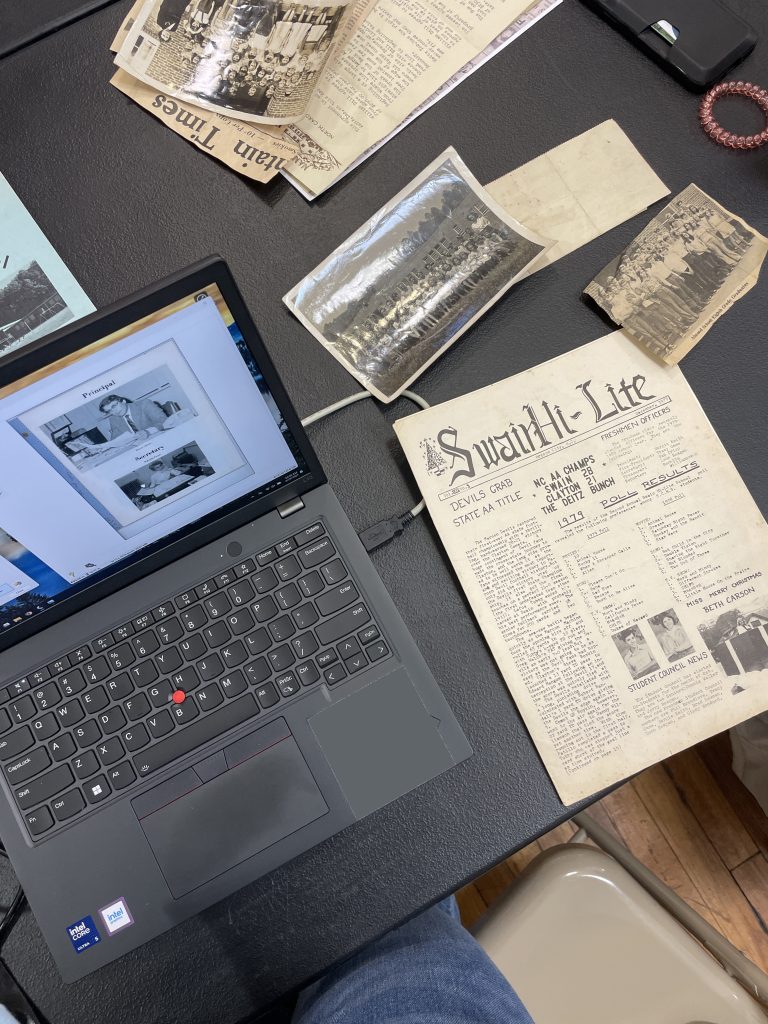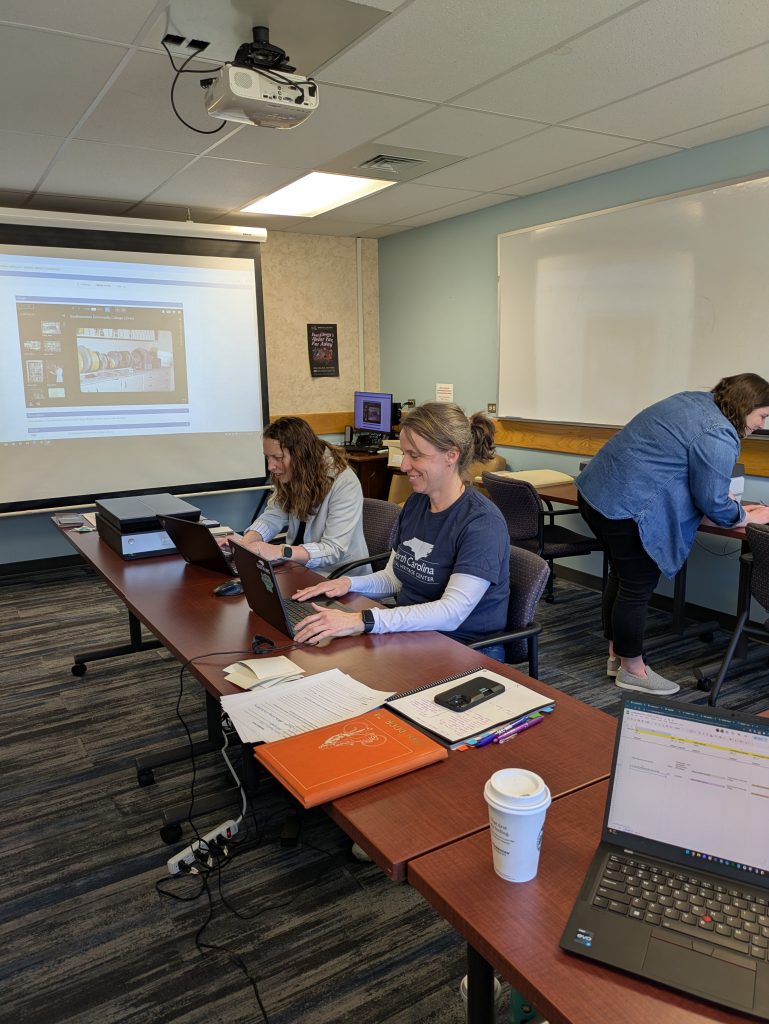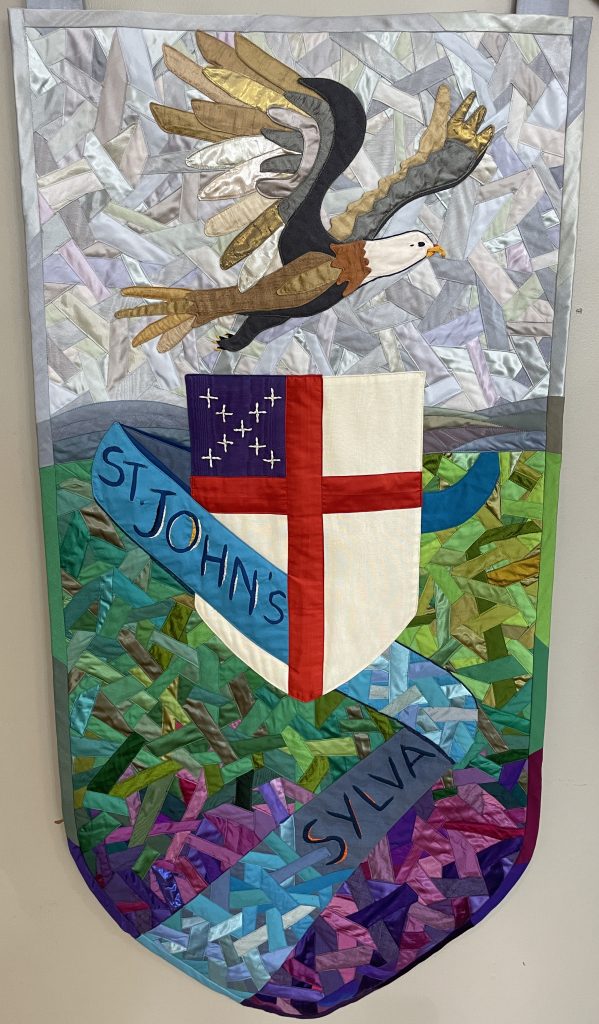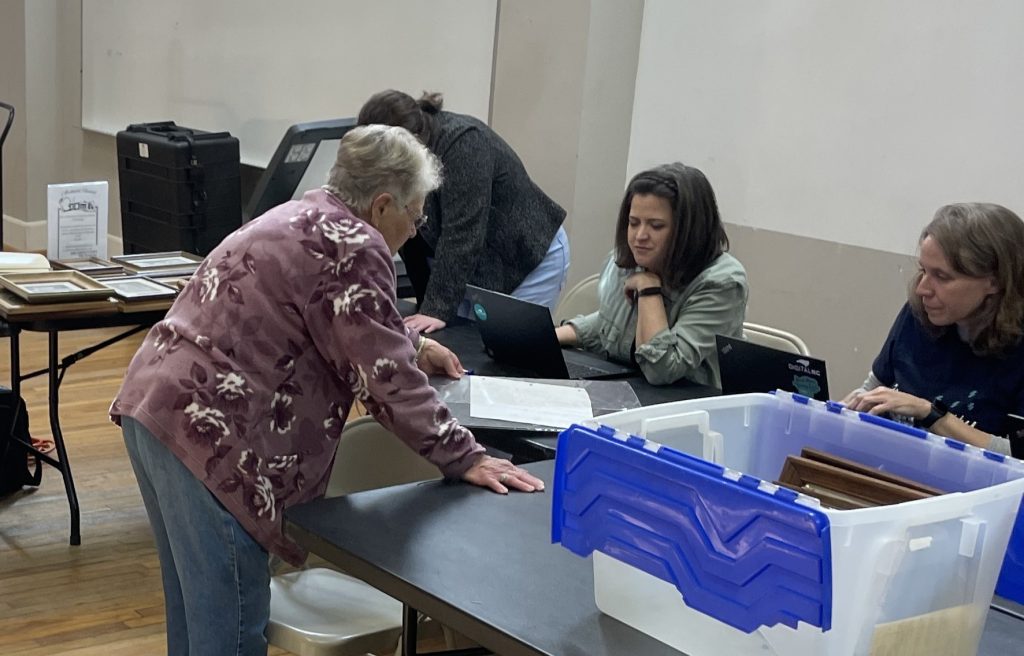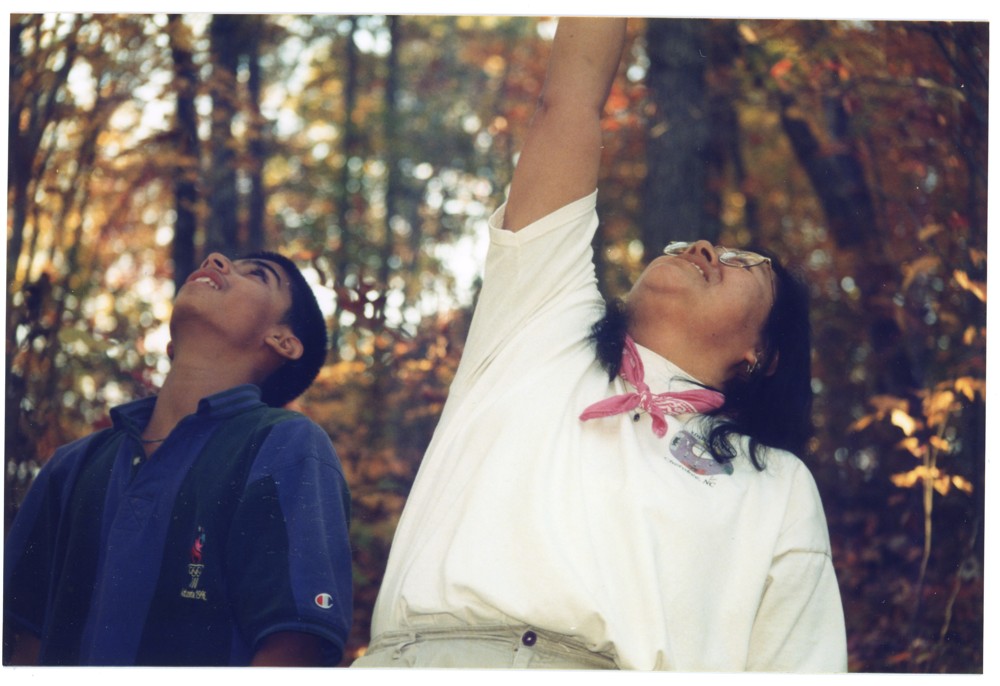Thanks to our newest partner, the North Carolina Pottery Center, a batch containing photographs, slides, postcards, scrapbooks, and more that highlight the beauty of the Cherokee Indian Reservation and surrounding area along with North Carolina’s rich pottery tradition is now available online.
The first annual Seagrove Pottery Festival program from 1982 lists the Piedmont region of North Carolina’s pottery tradition as being particularly unique in this country because of its continual tradition of pottery making, which dates back to before the American Revolution. Around 3,000 years ago—long before the influx of Europeans settled in the area—Native Americans used the diverse natural clay deposits to create both functional and ceremonial objects.
In the latter half of the 18th century, English and German immigrant farmers began settling in the Seagrove area and quickly realized the value of the area’s clay and abundance of firewood available to fuel their kilns. Farmers first and foremost, settlers were only producing functional wares such as bowls, jugs, roof tiles, etc. to earn extra income or to trade. These early pieces were redware, made from the area’s bright red clay, before eventually shifting to using grey clay from creek beds to produce salt glazed pottery by the mid-19th century.
In addition to having talented potters, there were key several elements that were crucial to the survival and continuation of Seagrove’s esteemed pottery tradition while it diminished in other areas. They include: the area’s abundance in clay, an ability to adapt and pivot to changing tastes and utilization, along with proximity to major travel ways (Great Wagon Road, old Plank Road, and eventual railroad system) which increased access to a wider market, and, lastly, strong family networks.
In the early 20th century, the pottery industry was seeing a decline thanks in-part to Prohibition eliminating the demand for jugs. But, in 1917, pottery lovers Juliana and Jacques Busbee brought about a new era. Seeking to bring Seagrove pottery to a wider audience, Jacques began shipping wares to a tearoom operated by Juliana in New York City’s Greenwich Village. They were so successful in their efforts that the demand led Jacques to establish Jugtown Pottery and hire their first potter, James Owen (grandson of one of Seagrove’s earliest potters, Joseph Owen), in 1922. Over time, both Jugtown and Seagrove pottery became known as “fine examples of traditional handcrafted American pottery” that wasn’t just utilitarian, but collectable too. Today, the Seagrove area remains a hot spot for pottery, boasting over 100 potters and 50+ family-operated shops, including well-known potter families such as the Aumans, Coles, Kings, Owens/Owens’, and more.
To learn more about the history of pottery after 1922 and the potter families of Seagrove, browse the North Carolina Pottery scrapbook from this batch here.
To learn more about the North Carolina Pottery Center, visit their website here.
Information about the history of pottery in Seagrove was gathered from Seagrove Pottery Festival programs in the North Carolina Pottery scrapbook from this batch, NC Pottery Center, Discover Seagrove, NCpedia, NCDNCR Jacques and Juliana Busbee Highway Marker page, and Folk Art Society of America.
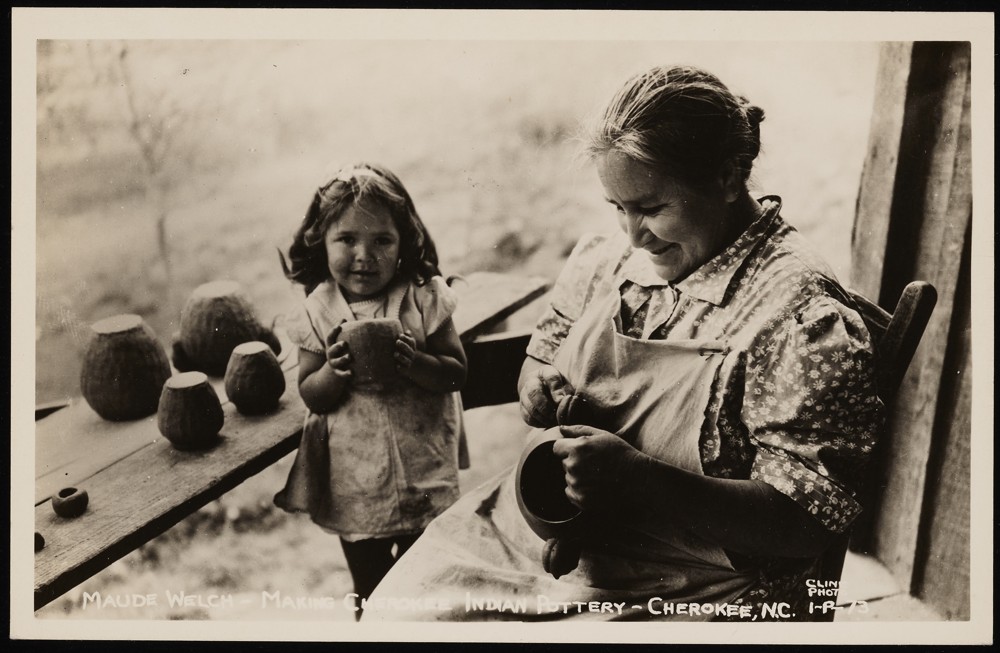



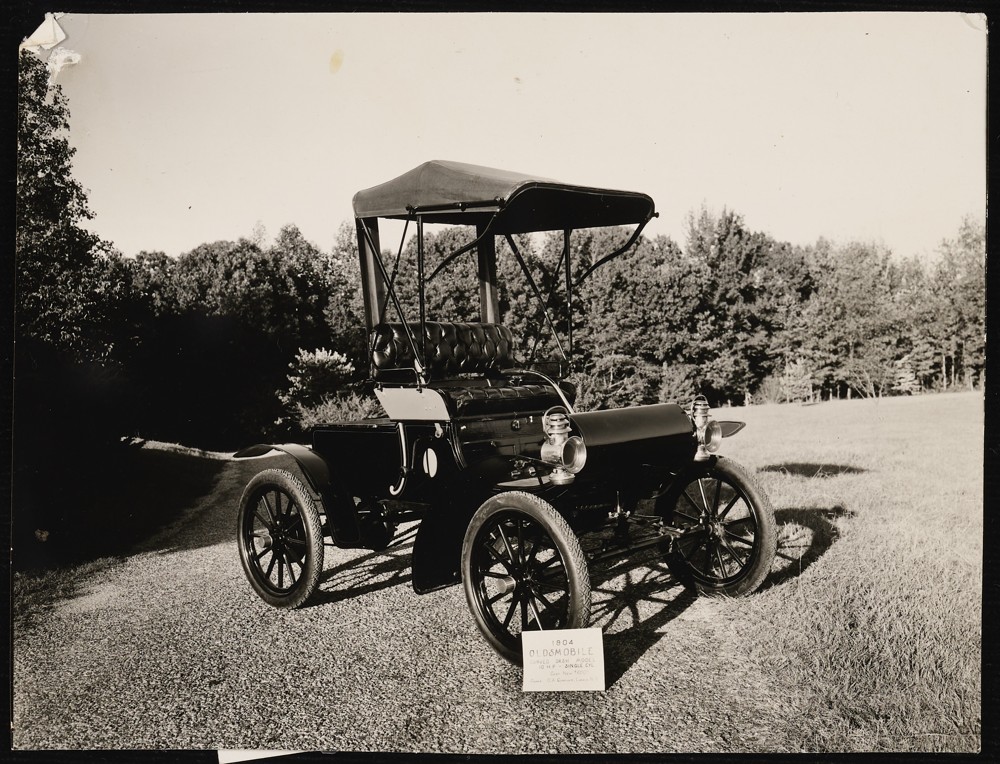

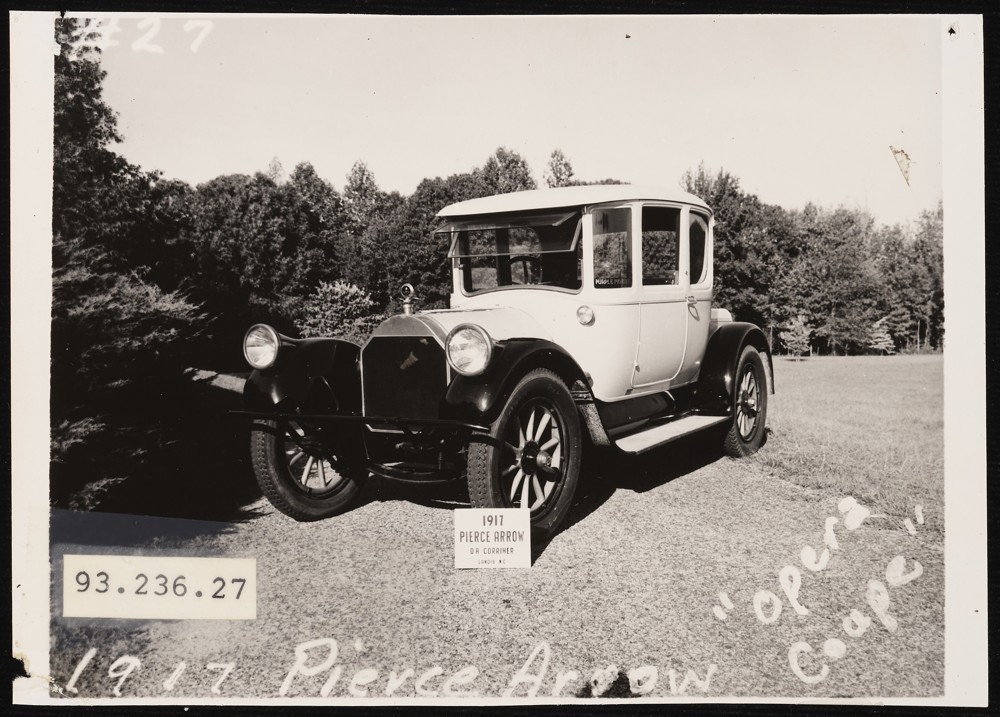
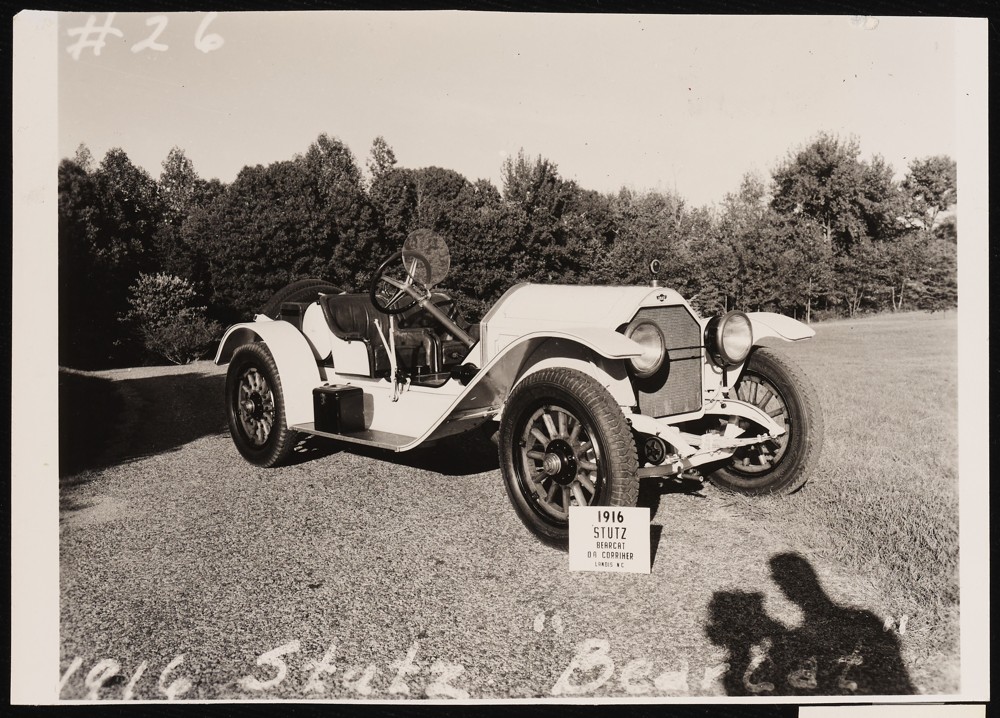

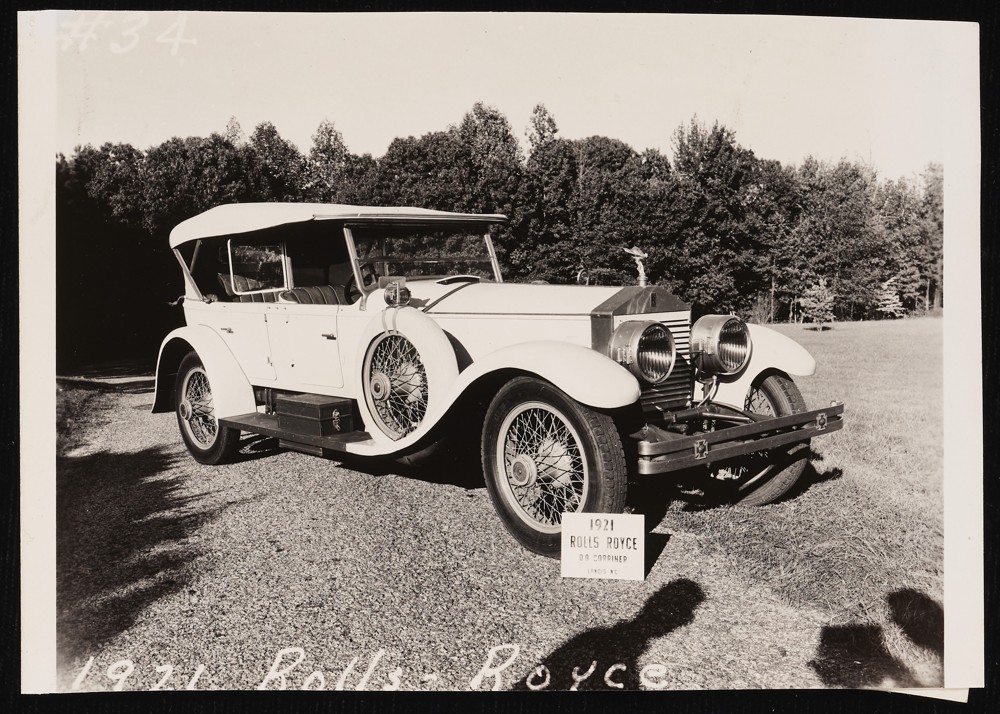
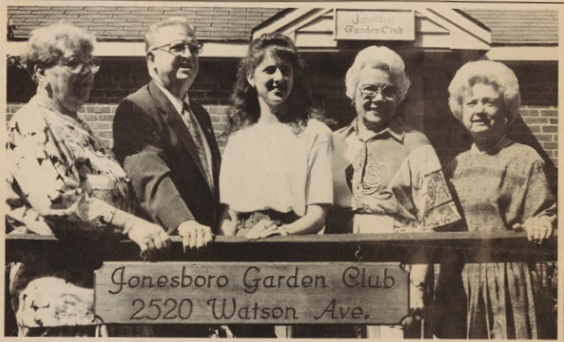
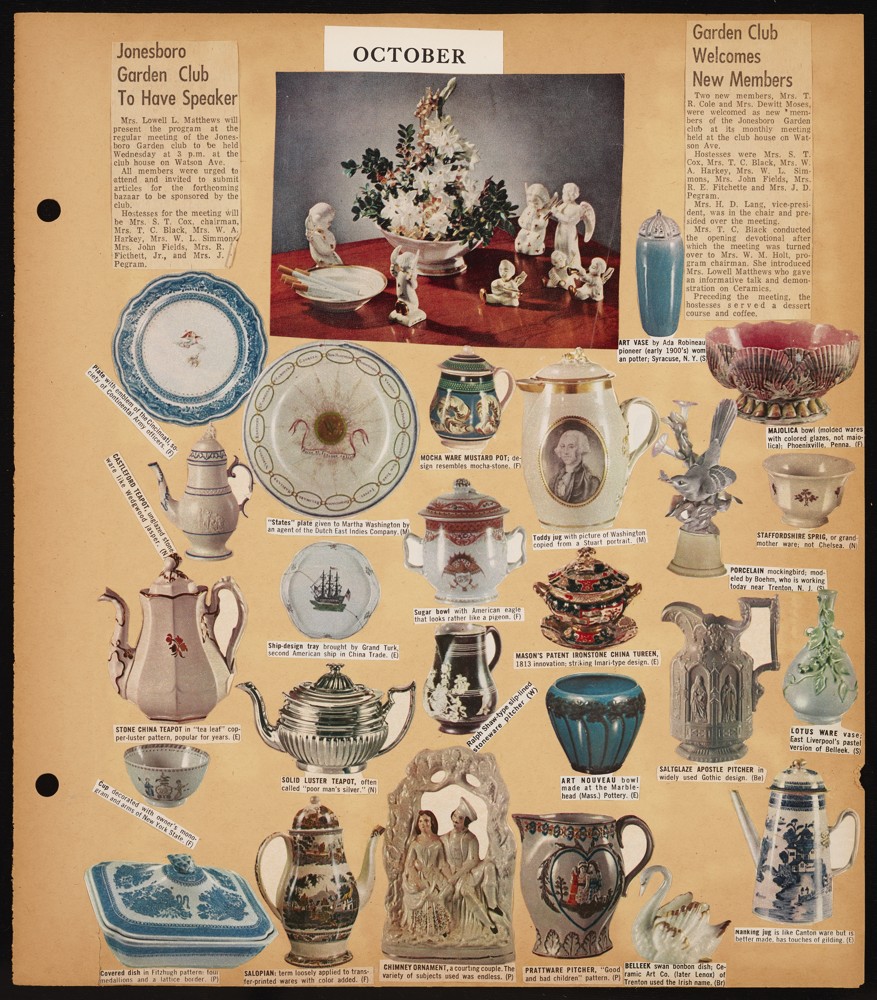
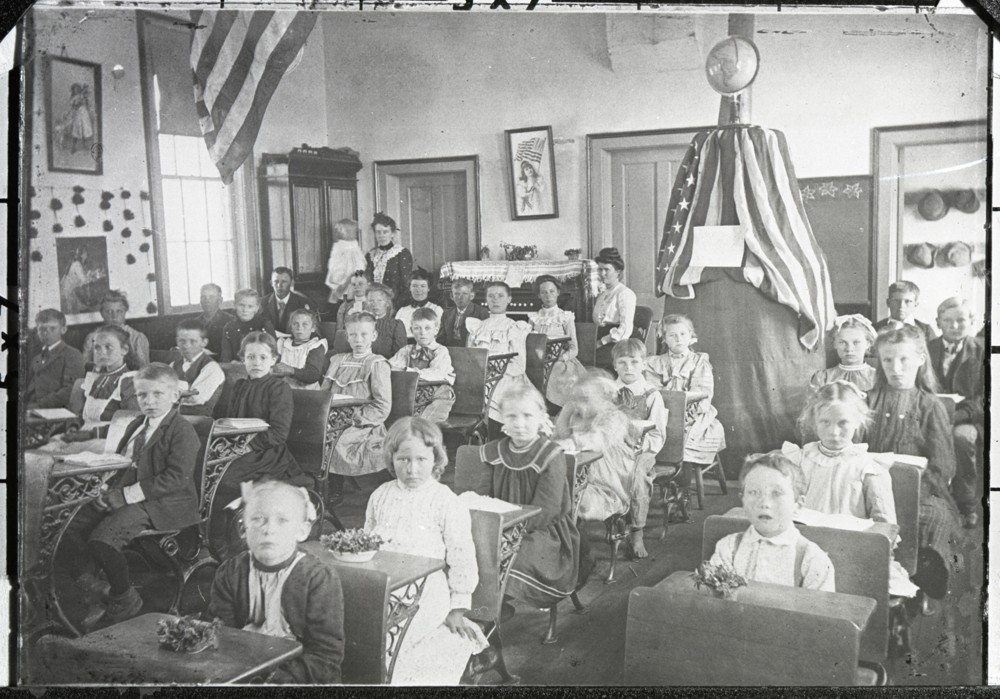
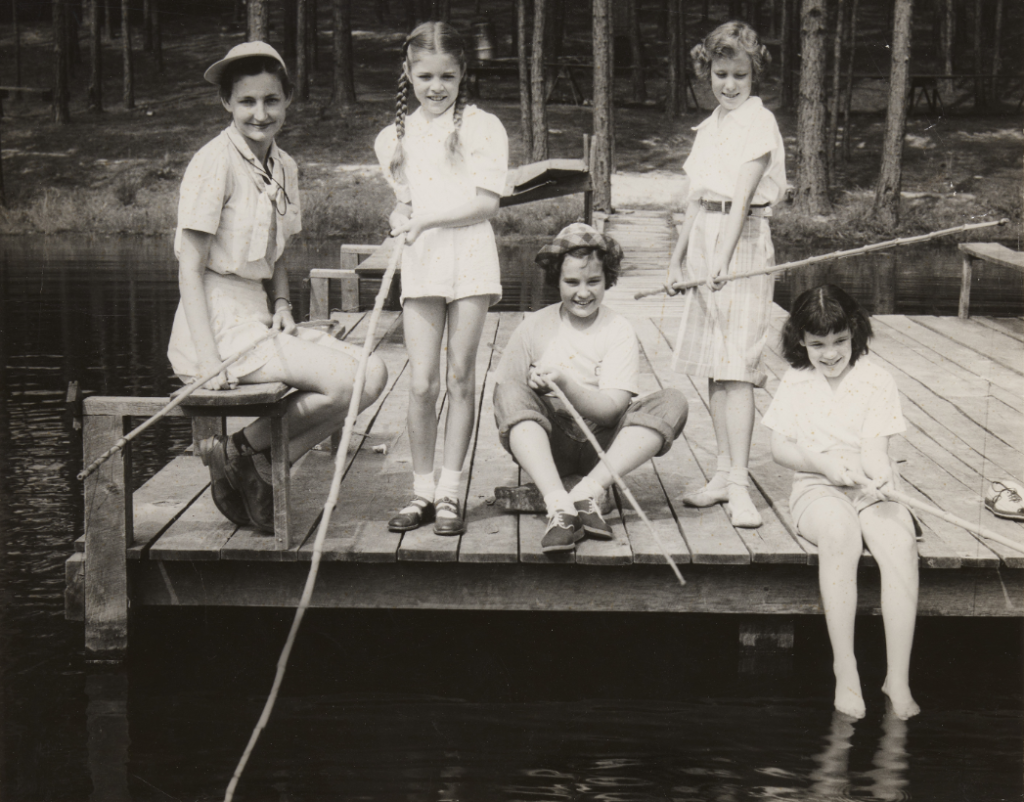

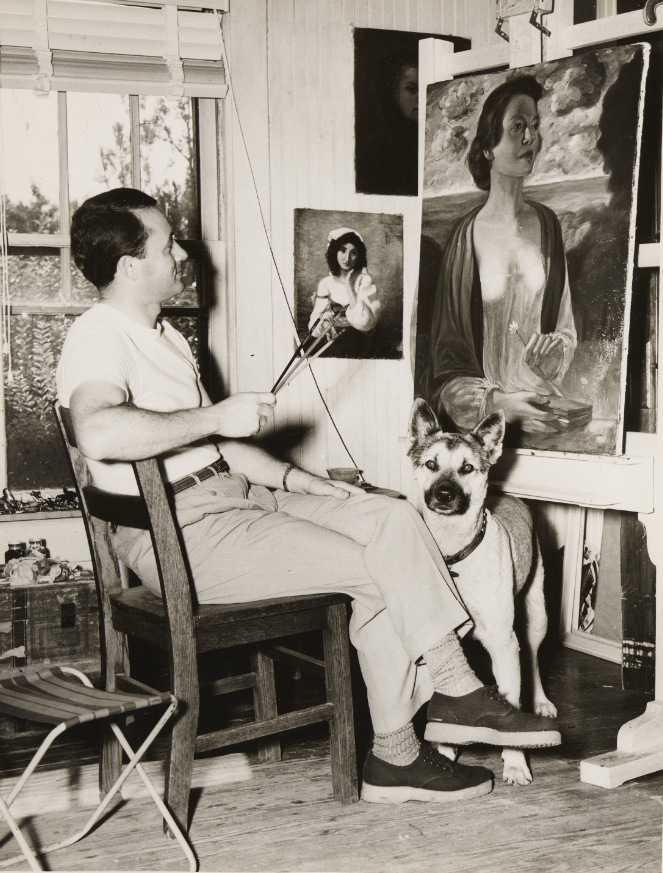
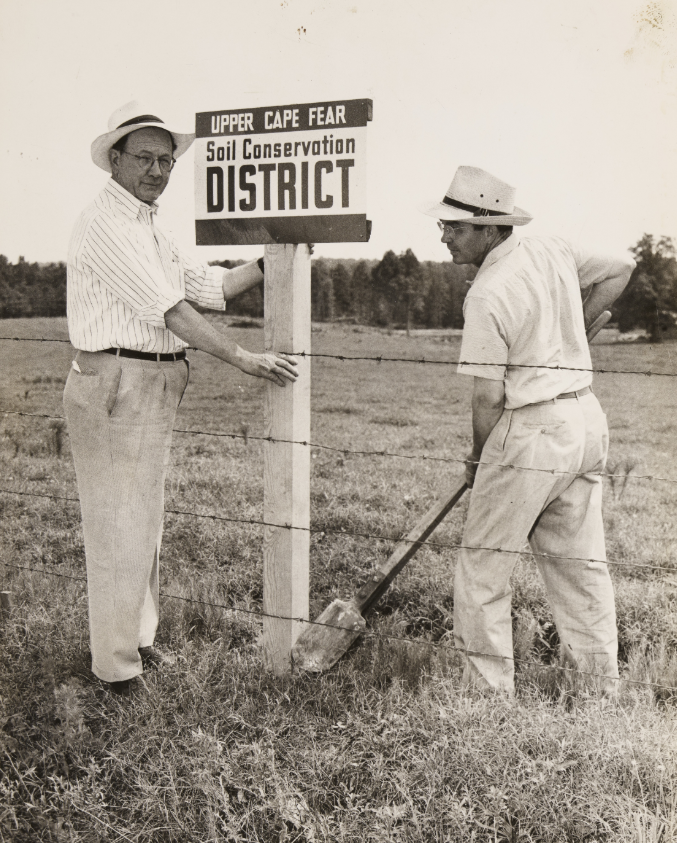

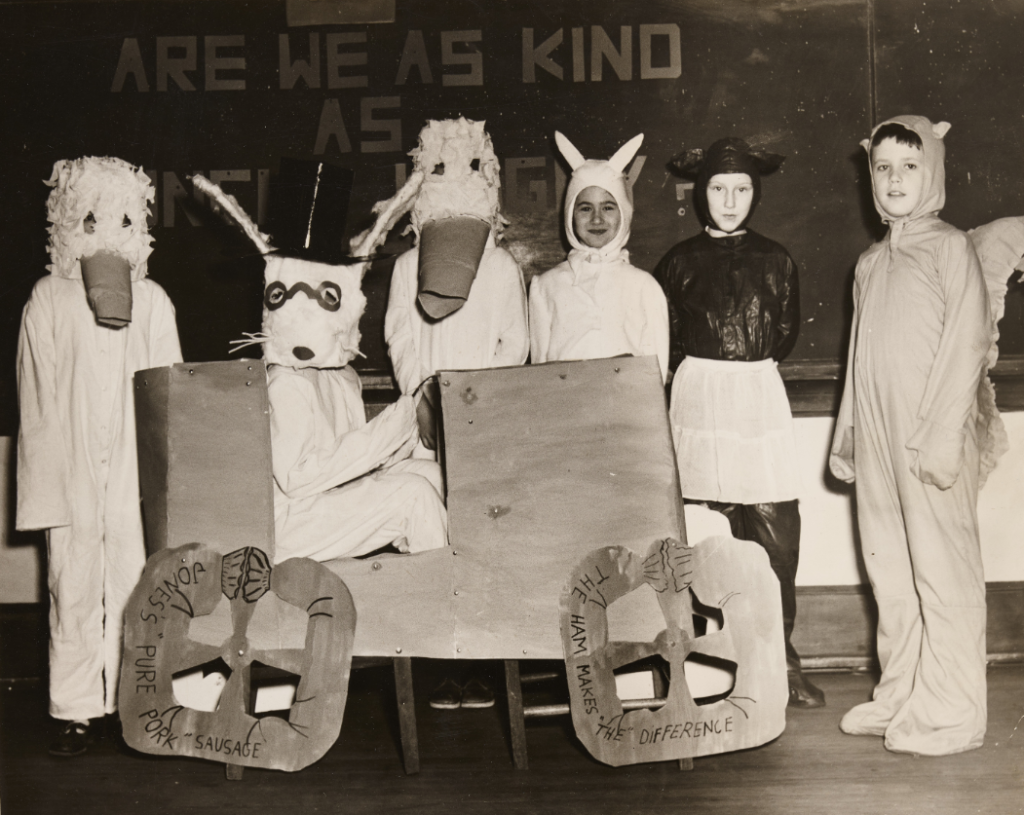
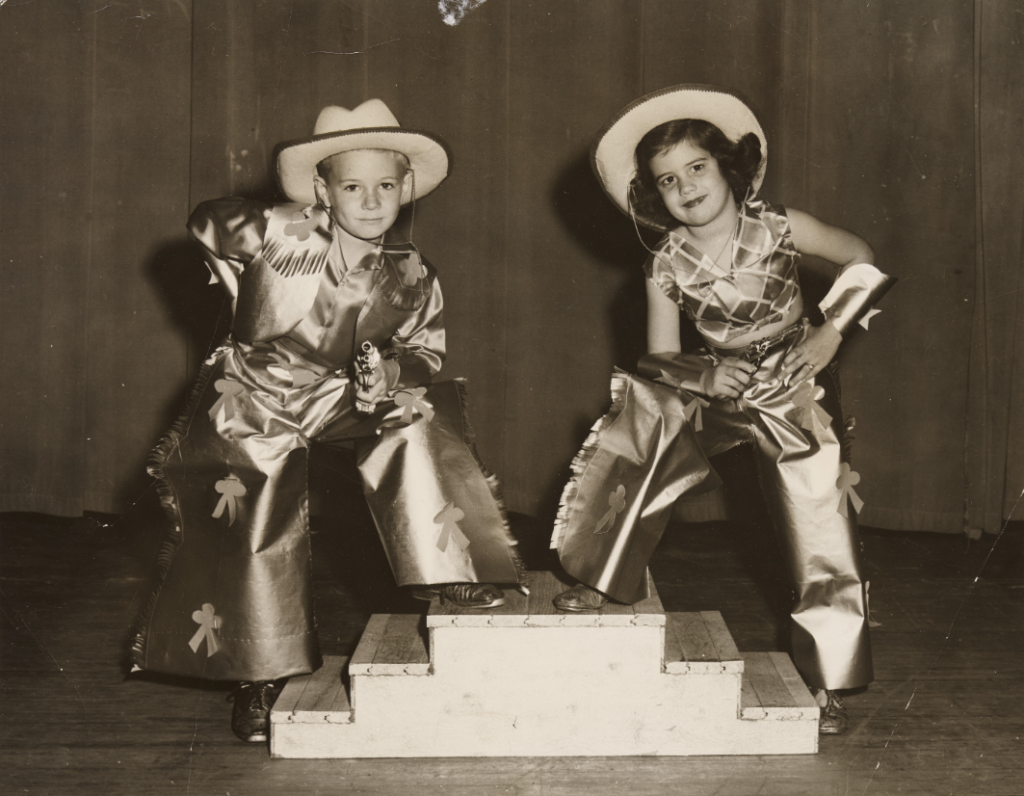
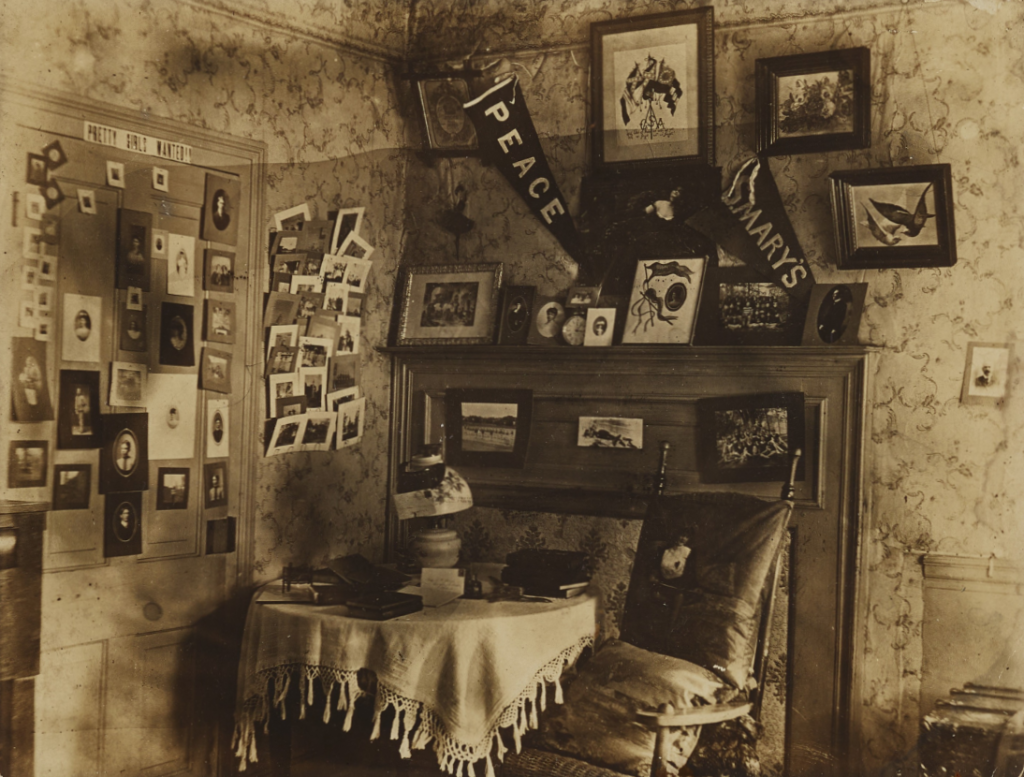
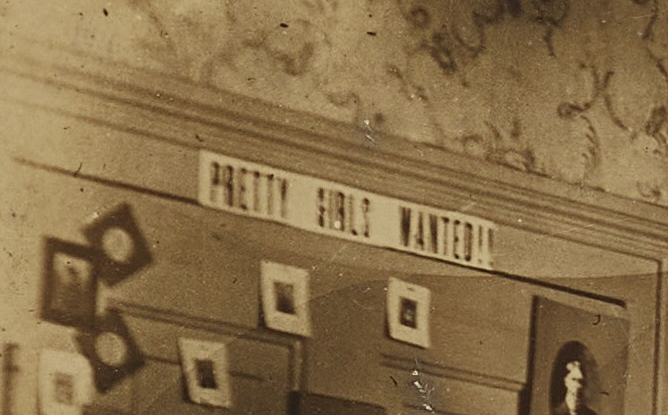

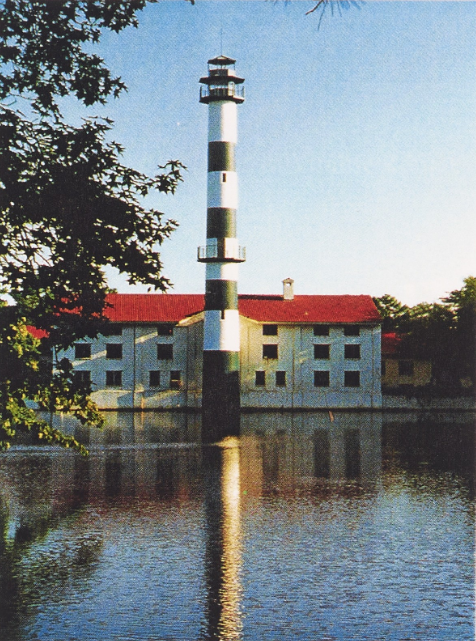
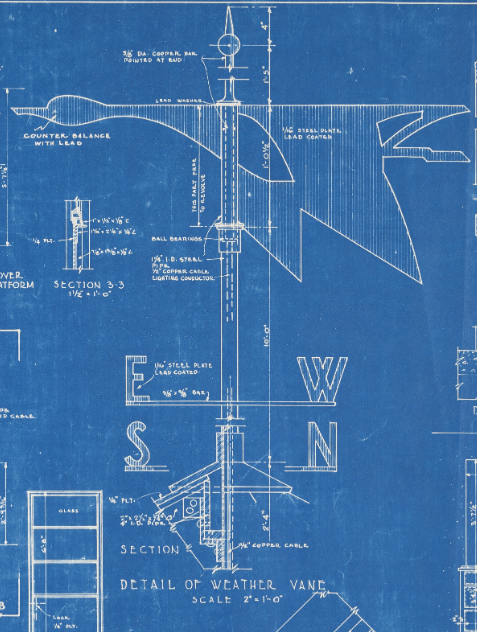
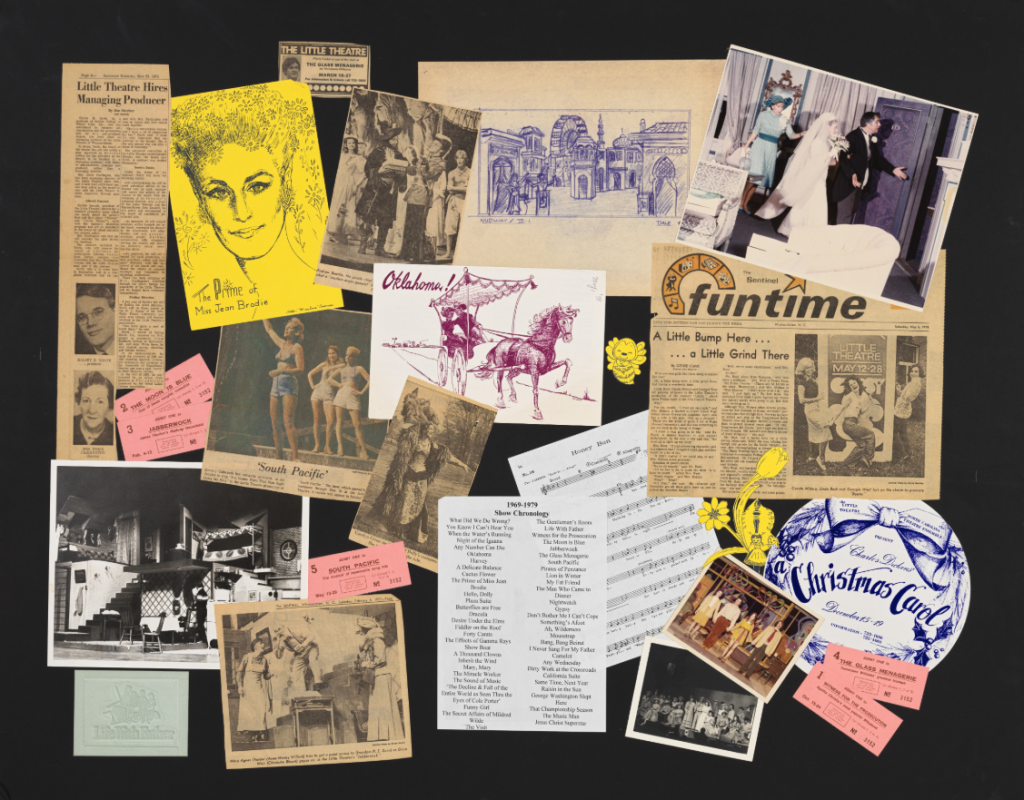
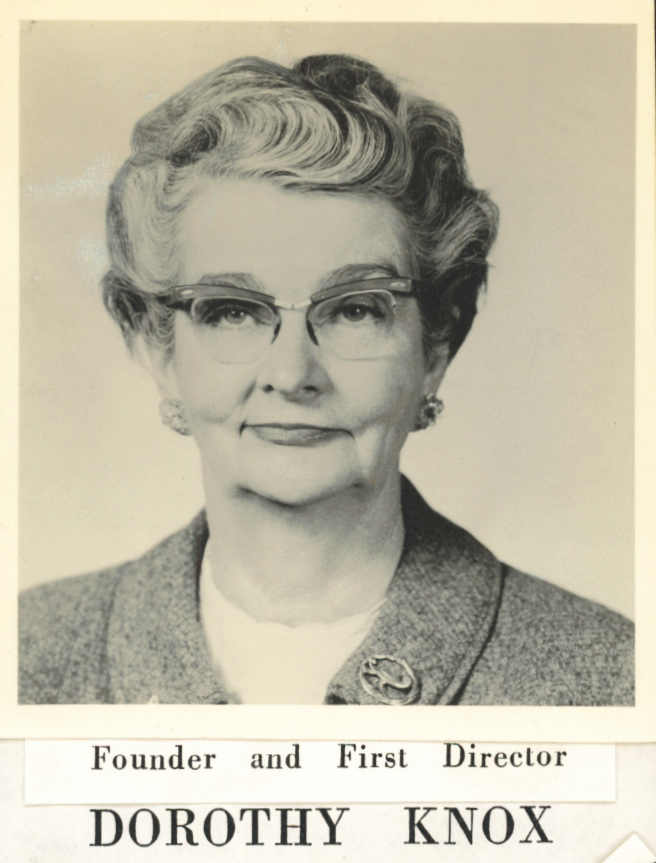

![Production poster for Cats [2005-2006] featuring the headshots of the cast next to pictures of them in character.](https://www.digitalnc.org/wp-content/uploads/2025/06/Screenshot-2025-06-16-144329.png)
